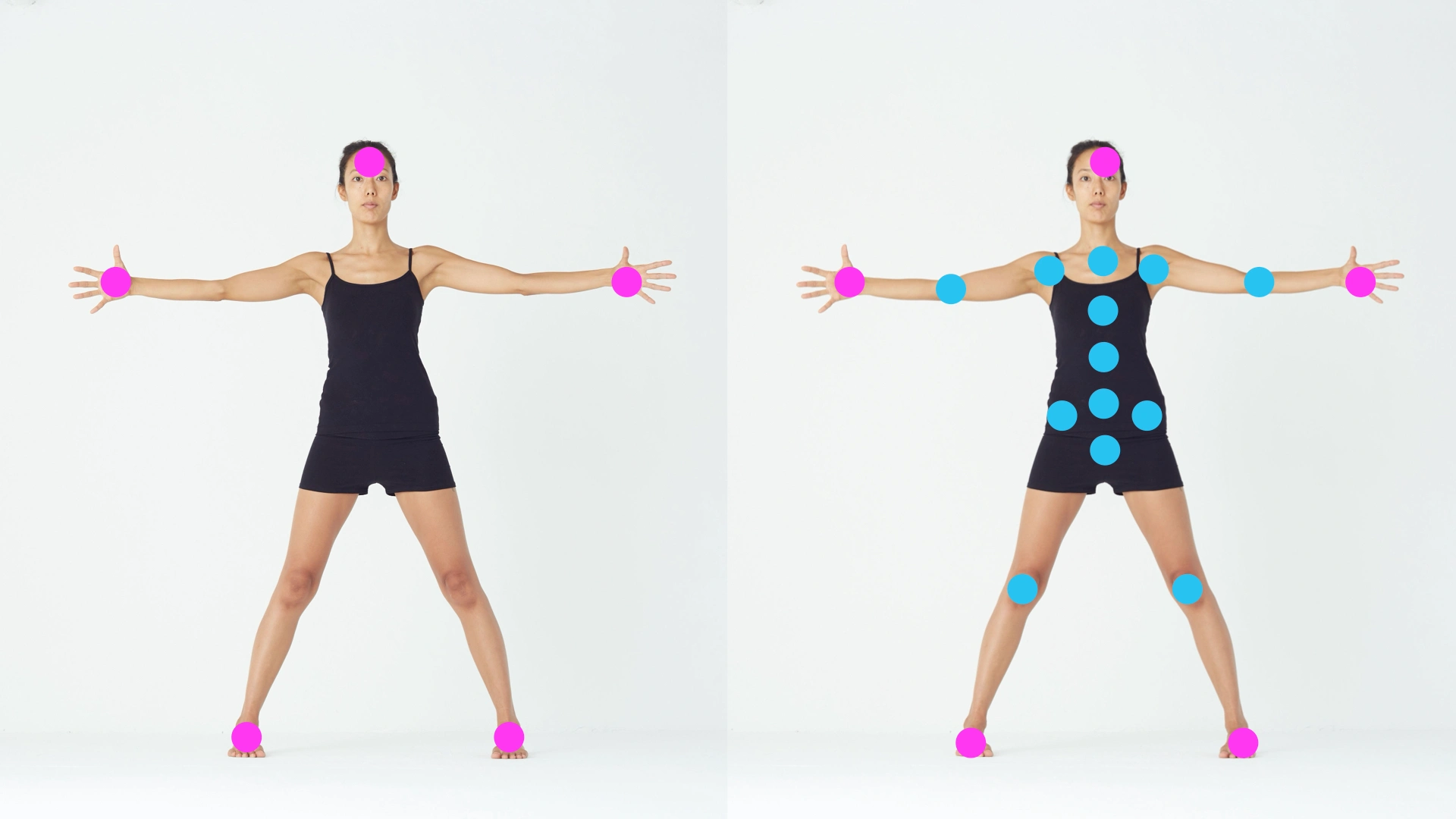Baseworks – A Perceptual Approach to Movement Education
Baseworks is a sensorimotor training system developed through a unique, decade-long iterative refinement process involving thousands of learners with a goal to reduce the ambiguity of movement instruction and help people, irrespective of their training background, develop movement skills in a safe and effective way.
While most movement education focuses on visible outcomes like strength, flexibility, and techniques, Baseworks targets the hidden sensory processes that underpin motor learning, offering a novel lens for both movement education and neuroscience research.
86% of interviewed practitioners mention improved “body awareness” as one of the most important outcomes of the training, followed by conventional fitness gains (strength, flexibility, etc) but in a more comfortable way than elsewhere, improvements in other movement systems, stress-regulation, and self-acceptance.
With potential applications in areas such as movement education, neurorehabilitation, and workplace wellness, it also acts as a unique naturalistic model for studying motor learning and perceptual processes.


